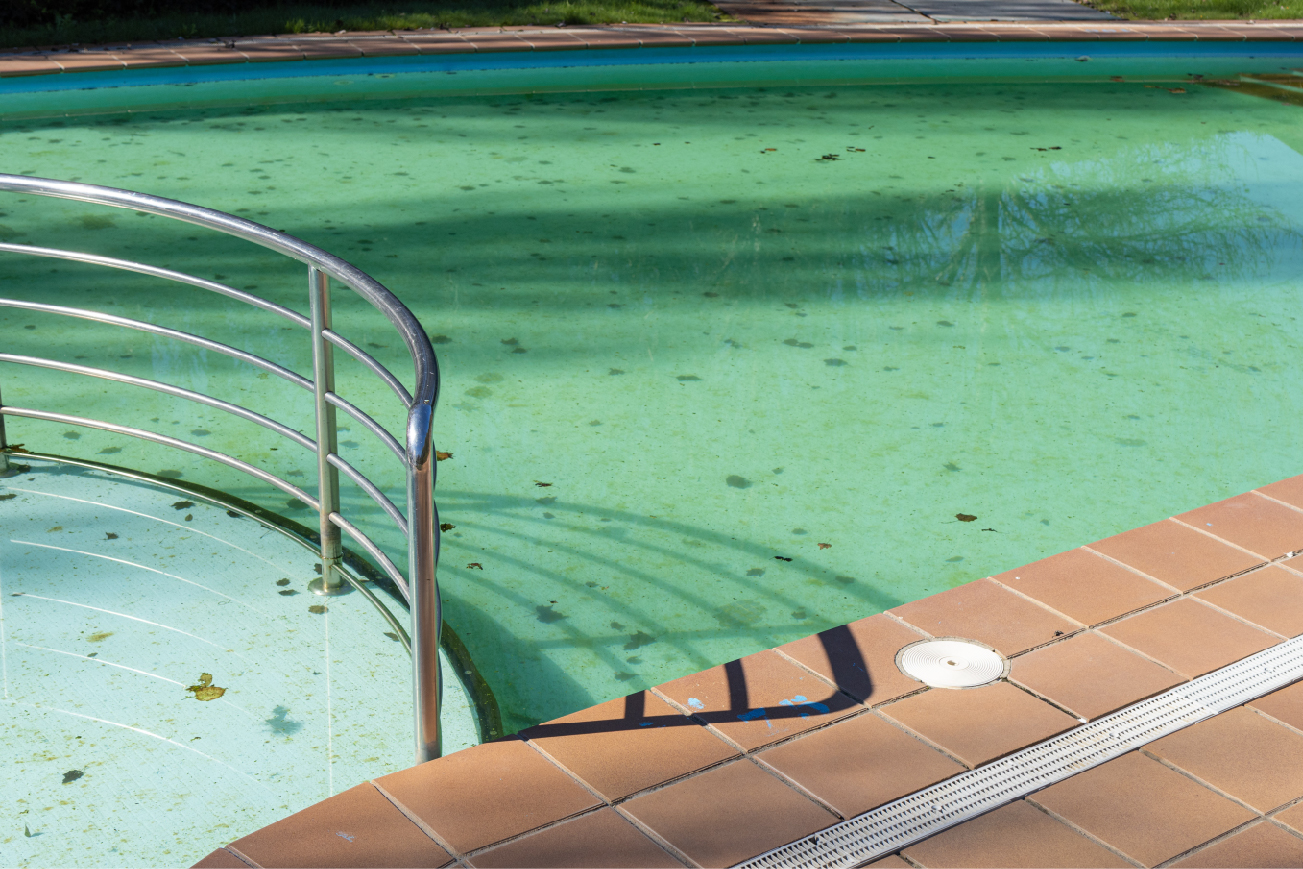
Draining Made Easy: A Comprehensive Guide to Draining an Above-Ground Pool
Draining an above-ground pool may become necessary for various reasons, such as winterizing, replacing the liner, or deep cleaning. While it might seem like a challenging task, with the right tools and a step-by-step approach, you can efficiently drain your pool without any hassle. This article will guide you through the process of draining an above-ground pool safely and effectively.
- Gather the Necessary Tools and Equipment
Before starting the draining process, make sure you have all the necessary tools and equipment at hand. These include:
-
- A submersible pump or siphon hose
- A garden hose for filling
- A nearby drainage area or storm drain
- Safety gear, such as gloves and goggles
2. Turn Off the Pool Equipment
Before you begin draining the pool, ensure that all pool equipment, including the pump, filter, and heater, is turned off. Disconnect any electrical components to prevent potential hazards.
3. Check Local Regulations
Some local ordinances may have specific rules and guidelines regarding pool water disposal. Make sure you check your local regulations before draining your pool to avoid fines or penalties.
4. Choose a Suitable Drainage Area
Determine an appropriate location to drain the pool water. Ideally, this should be a storm drain or a large open area where the water can disperse without causing damage to your property or the environment. Avoid draining water onto neighboring properties or into sewers, as this may lead to legal issues or environmental harm.
5. Prepare the Pool for Draining
Remove any debris, such as leaves or twigs, from the pool using a skimmer or leaf rake. This will help prevent clogging during the draining process.
6. Drain the Pool Using a Submersible Pump
A submersible pump is the most efficient method to drain an above-ground pool. Follow these steps:
- Place the submersible pump at the deepest part of the pool.
- Attach a garden hose to the pump’s discharge port.
- Run the hose to the chosen drainage area or storm drain.
- Plug in the pump and turn it on, ensuring that you are wearing safety gear.
- Monitor the draining process and turn off the pump once the water level reaches approximately 1-2 inches
7. Alternative Method: Drain the Pool Using a Siphon Hose
If you don’t have access to a submersible pump, you can use a siphon hose to drain the pool:
- Fill the hose with water, ensuring there are no air bubbles.
- Attach one end of the hose to a pool skimmer or use a vacuum head to hold it in place at the bottom of the pool.
- Place the other end of the hose in the chosen drainage area or storm drain.
- Create suction by submerging the hose and then raising it above the water level until the water starts flowing. Be cautious not to ingest any pool water while doing this.
- Let the water flow out of the pool until it reaches the desired level.
- Clean and Prepare the Pool
8. Clean and Prepare the Pool
Once the pool is drained, you can proceed with the intended task, such as cleaning, liner replacement, or winterizing. If you plan to refill the pool, remove any remaining debris, scrub the pool surfaces, and ensure all equipment is in good working order.
9. Refill the Pool
When you’re ready to refill the pool, use a garden hose connected to a water source or in some areas you can have water delivered. Monitor the water level and stop filling once it reaches the appropriate level. Be sure to re-balance the pool water chemistry before using it again.
Draining an above-ground pool is a straightforward process when approached systematically. By following these steps and adhering to local regulations, you can safely and quickly drain your pool.




